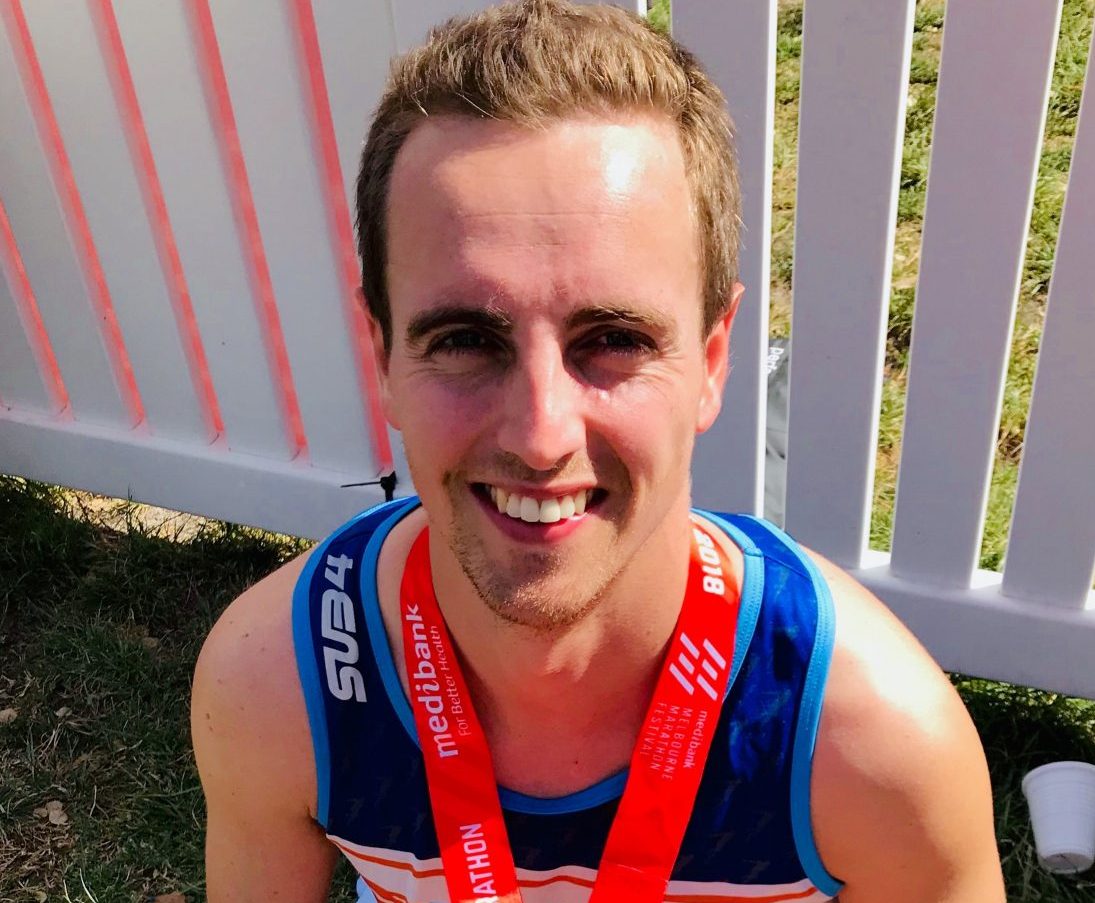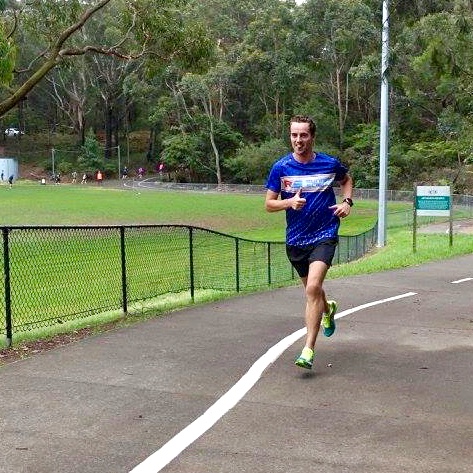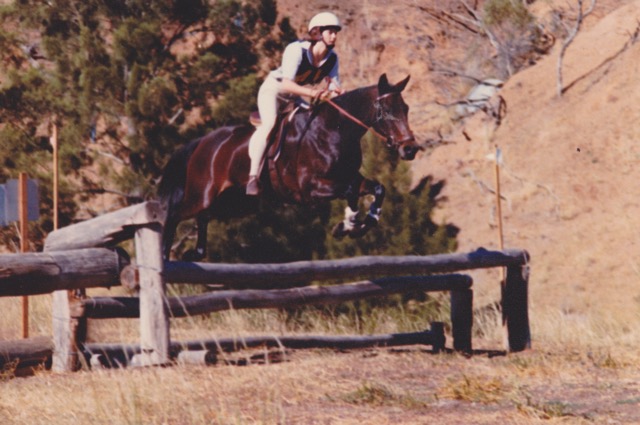Regular physical activity and exercise is beneficial for both health and well being. It leaves you energised, helps you sleep better, improves your mood and as a longterm benefit, prevents many chronic diseases.
If exercise was a pill, we would all be taking it!
In order to have an activity programme that is successful and enjoyable it is important to avoid injury.
At the clinic, one of the most common things we see are overuse injuries such as tendonitis, planter fasciitis, stress fractures and aggravation of osteoarthritis. Unfortunately, once you have one of these conditions, it may take many months to settle, so preventing them is a priority.
Often, people have not been doing all that much activity but still get injured. This happens because a change in “load” (how far, how hard, how often you do something) is the trigger – the musculoskeletal system doesn’t get the chance to adapt. As we get older, it needs more time to adapt – what people in their 20’s can get away with no longer works for people in their 40’s and 50’s.
In most circumstances prevention is best achieved by being very strategic and gradual in how you apply load to your body. Here are some general principles to guide you as you get started on an exercise or activity programme, or change your existing one.
1. Start small and easy
It will take many, many months, perhaps years to achieve the level of activity you aspire to. Success will come if you start small and gradually increase the amount of exercise you do over time. There is nothing more discouraging than getting an injury only weeks into your new programme.
2. Gradually increase what you do
As a rule, change about 10% per week in either the time you exercise, the distance or intensity (how hard you do it). Gradually increasing your weight during strength training, increasing the distance as you run, or adding in another session during the week are all examples of gradually increases that will protect you from injury. The longer it has been since you have been a regular exerciser the more gradual you should increase your load.
3. Leave time to recover
Your body needs time to recover. Different tissues need different times but in general, a rest from one type of activity eg. running, of at least a day is helpful, as you get started. This is a good rule of thumb even as you get fitter and stronger, your body adapts in downtime, so give it a chance. Even extreme distance athletes need rest scheduled in.
4. Choose a variety of different activities
If possible, choosing different activities protects your musculoskeletal system whilst also improving your general fitness across multiple areas. For example, adding yoga into your running or biking schedule will improve your flexibility and balance. Professional athletes always do some element of this called “cross training”. We think of optimal fitness as including elements of cardiovascular fitness, strength, flexibility and balance. The more different activities you do, the more likely it is you will cover all these areas.
4. Have a plan
Try using a written plan to guide your progression. Having a plan helps you stick to the right amount of exercise even if you feel enthusiastic and think you could go another mile. There are many available plans on the internet or you could try using various smartphone apps such as Couch to 5K or EXI.
5. It is common to have discomfort
It is normal to experience pain or soreness after working your muscles, especially when they’re not used to it. This occurs a day or two after exercise and is experienced as general stiffness that tends to warm up. it is less common to experience pain in bones and tendons and if this occurs it is worthwhile seeking some help to make sure you haven’t got a significant injury. In the case of arthritis and tendonitis, it is still recommended to continue with a small amount of discomfort but you will often have to drop back the amount of physical activity you are doing for a time and may even have to add in some rehabilitation.
6. Return slowly after taking a break
We also see injuries when people have a break from their usual routine such as going on holiday or having a medical illness or operation. The longer the break the more important it is for you to get back into your activity programme gradually. This won’t mean you go back to the beginning but you definitely cannot start where you left off.
If you are experiencing an overuse injury, it is important to have it diagnosed properly, understand all your treatment options and avoid unnecessary rest.





